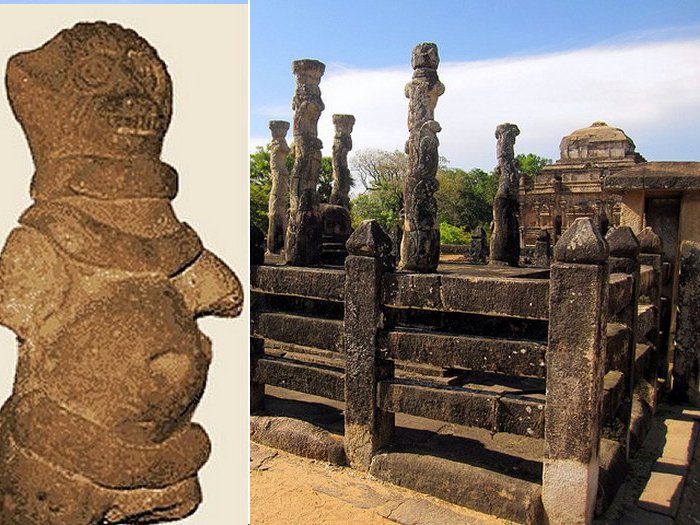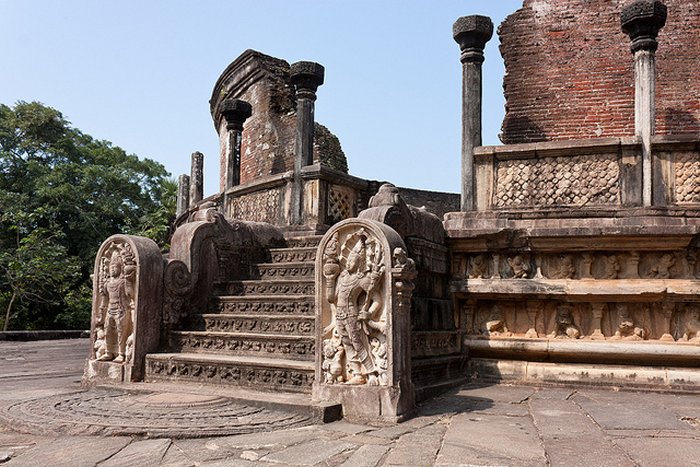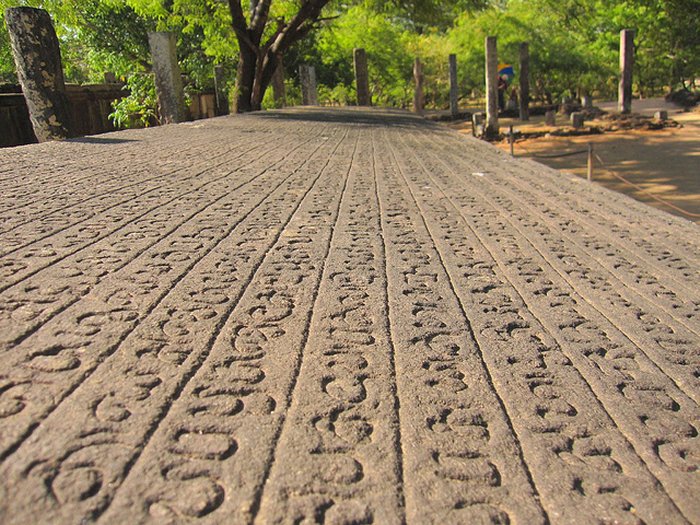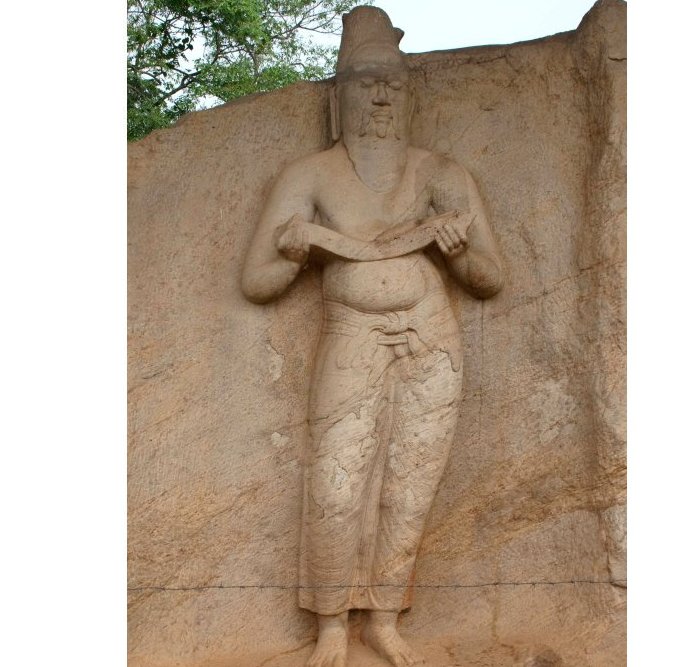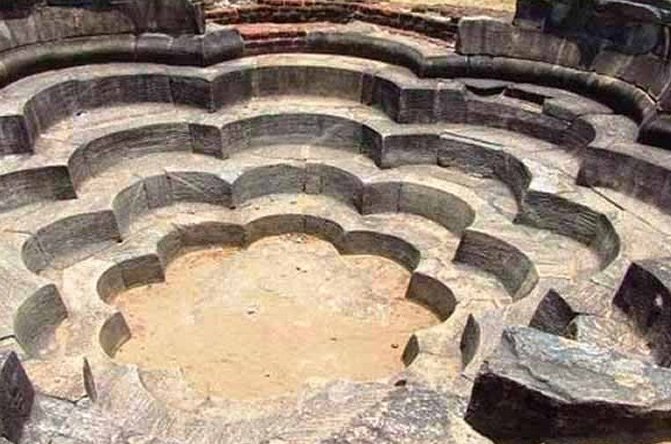Beautiful Ancient City Of Polonnaruwa With Hundred Of Tombs, Temples And Statues
A. Sutherland - AncientPages.com - The beautiful ancient city of Polonnaruwa in Sri Lanka was a place where powerful kings ruled 800 years ago. Polonnaruwa (also sometimes called Kandavuru Camp City) was proclaimed to the capital by King Vijayabahu I in the 11th Century, A.D and thus replaced Anuradhapura, which was plundered and abandoned due to attacking and invading armies from South India.
Shravasti Dhammika writes in “Sacred Island: A Buddhist Pilgrim's Guide to Sri Lanka".
“Two of Sri Lanka’s most capable kings, Vijayabahu I and Parakkamabahu I, ruled from the city of Polonnaruwa. The first of them, for forty years and the second for thirty-two years.
Both the kings were great builders and very generous patrons of Buddhism. Most of the monuments the pilgrims visit today in Polonnaruwa are attributed to them…”
“…After the death of the king Parakkamabahu I in 1186, the only king who managed to rule any length of time was Nissankamalla. He was Orisan by birth and probably converted to Buddhism in order to be able to assume the throne. If his numerous inscriptions and edicts are anything to go by, he was vain to an almost comical degree. Nonetheless, during his nine years reign Nissankamalla adorned Polonnaruwa with several fine monuments…”
Polonnaruwa is mentioned in many ancient myths and legends. According to tradition, vast palaces and temples of the city were guarded by dwarves. The local people believed the small beings were sinful souls punished for their evil deeds.
However, traces indicate that dwarfs were the last descendants of the tribe of little people, inhabiting the jungles of Sri Lanka.
In beliefs Sri Lanka's people, the number 'seven' plays an important role. 'Seven' is widely considered to be one of the most sacred numbers. This mysterious number has accompanied humanity for a very long time.
During the Polonnaruwa period, the seven figures of Maathas (seven mothers) were carved in three different stone slabs. All the seven Maathas are different and collectively called Sabtha Maathas.
Discovered in the ruins of the 5th Sivan temple of Polonnaruwa, the Polonnaruwa period Sabtha Maatha are based on Hinduism and depicted with four arms. They are depicted in a seated position.
Today these fascinating ancient carved figures have their honored place at the National Museum of Colombo under the title of Sabtha Maathas. They are similar to The same category of Sabtha Maathas (seven mothers) sculptural friezes of seven mothers encountered at various archaeological sites in India and in several Siva temples located in South India.
Besides the Brahmanic monuments built by the Cholas, this unique medieval capital of Polonnaruwa comprises, the monumental ruins of the fabulous garden-city created by Parakramabahu I in the 12th century.
There are also countless tombs, temples, statues and stupas in the city of Polonnaruwa.
See also:
Ancient Graves That Date Back To Pre-Vijaya Era Discovered In Sri Lanka
8 Remarkable Jain Temples – Marvelous Ancient Architecture And Stone Carvings
The ruins of the ancient city stand on the east shore of a large artificial lake, the Topa Wewa Lake, or Parakrama Samudraya (the Sea of Parakrama) and remind about the city's great time. There are important Buddhist monuments at Polonnaruwa centered for example around the Sacred Quadrangle,a collection of temples and shrines all built on a large raised terrace. In ancient times, none of these temples was accessible to the public.
Within a rectangle of city walls stand palace buildings and clusters of dozens of dagobas, temples and various other religious buildings.
Scattered across the area there are many ancient buildings of historical importance that can be found to the north of the main complex, outside the city walls and close to the main road to Habarana and Dambulla.
Archaeologists have unearthed many wonderful ancient relics the site such as the stone lion which once guarded the palace of King Nissanka Malla, or the fine Hindu bronzes unearthed from the ruins of the Siva Devale Temple.
One intriguing monument is the Polonnaruwa statue of a man of a man of noble disposition holding a stack of manuscripts. Who the statue represents is not entirely clear. Some researchers have suggested this is a representation of the King Parakramabahu the great.
There are also those who say this could be of the sage Pulasti, after whom the city was named Pulastinagara. The Polonnaruwa statue rises at a height of 3.5m and is truly impressive.
The magnificent Library Monastery can be found not far from the King Parakramabahu statue. At the site we find square terrace house, a circular shrine or library where the sacred books were deposited.
Written by – A. Sutherland - AncientPages.com Senior Staff Writer
Copyright © AncientPages.com All rights reserved. This material may not be published, broadcast, rewritten or redistributed in whole or part without the express written permission of AncientPages.com
Expand for referencesReferences:
Shravasti Dhammika: Sacred Island: A Buddhist Pilgrim's Guide to Sri Lanka"
Philip Briggs Ph. Sri Lanka
More From Ancient Pages
-
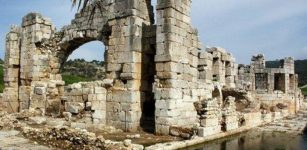 City Of Patara: Long History Of Wars And Visits Of Prominent Figures Of Ancient World
Archaeology | Jul 9, 2020
City Of Patara: Long History Of Wars And Visits Of Prominent Figures Of Ancient World
Archaeology | Jul 9, 2020 -
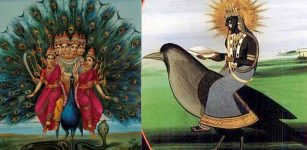 Vahanas – Sacred Animal Vehicles Of Hindu Gods And Goddesses
Featured Stories | Apr 30, 2017
Vahanas – Sacred Animal Vehicles Of Hindu Gods And Goddesses
Featured Stories | Apr 30, 2017 -
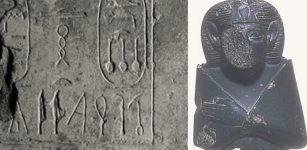 Sobekneferu: First Female Pharaoh In Ancient Egypt
Featured Stories | Mar 9, 2019
Sobekneferu: First Female Pharaoh In Ancient Egypt
Featured Stories | Mar 9, 2019 -
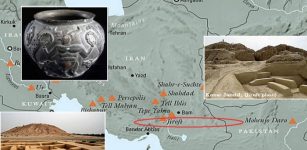 Archaeologists Survey Bronze Age Konar Sandal Site In Southeast Iran
Archaeology | Feb 17, 2021
Archaeologists Survey Bronze Age Konar Sandal Site In Southeast Iran
Archaeology | Feb 17, 2021 -
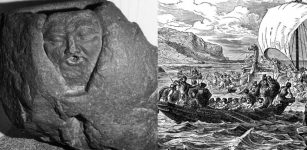 Ancient Mysteries Of Chicago: Is The Puzzling Waubansee Stone A Neglected Pre-Columbian Artifact?
Artifacts | Mar 4, 2017
Ancient Mysteries Of Chicago: Is The Puzzling Waubansee Stone A Neglected Pre-Columbian Artifact?
Artifacts | Mar 4, 2017 -
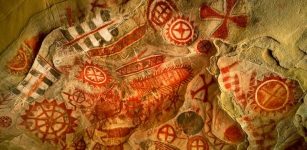 Amazing Ancient Chumash Cave Paintings In California Offer Insight Into Ancient Shamanism And Supernatural Beliefs
Civilizations | Nov 5, 2018
Amazing Ancient Chumash Cave Paintings In California Offer Insight Into Ancient Shamanism And Supernatural Beliefs
Civilizations | Nov 5, 2018 -
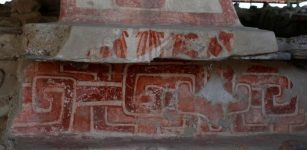 Teotihuacan’s Puzzling Red Glyphs Could Be Unknown Ancient Writing
Archaeology | Sep 22, 2020
Teotihuacan’s Puzzling Red Glyphs Could Be Unknown Ancient Writing
Archaeology | Sep 22, 2020 -
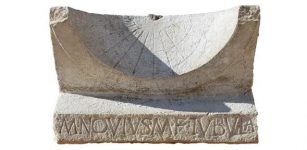 Rare 2,000-Year-Old Intact Sundial With Inscription Discovered In Italy
Archaeology | Nov 9, 2017
Rare 2,000-Year-Old Intact Sundial With Inscription Discovered In Italy
Archaeology | Nov 9, 2017 -
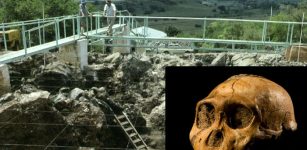 Fossils In The ‘Cradle Of Humankind’ May Be More Than A Million Years Older Than Previously Thought
Archaeology | Jun 28, 2022
Fossils In The ‘Cradle Of Humankind’ May Be More Than A Million Years Older Than Previously Thought
Archaeology | Jun 28, 2022 -
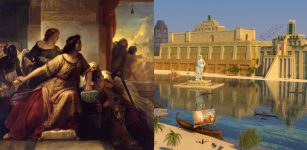 Mystery Of Queen Semiramis: Famous And Powerful Ancient Ruler And Warrior Queen
Featured Stories | Feb 15, 2018
Mystery Of Queen Semiramis: Famous And Powerful Ancient Ruler And Warrior Queen
Featured Stories | Feb 15, 2018 -
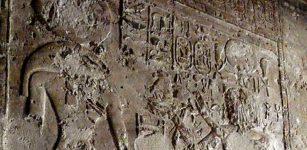 Pakhet ‘Night Huntress’: Egyptian War-Like Lioness Goddess Associated With Artemis
Egyptian Mythology | Mar 4, 2019
Pakhet ‘Night Huntress’: Egyptian War-Like Lioness Goddess Associated With Artemis
Egyptian Mythology | Mar 4, 2019 -
 Forbidden Knowledge: Secret Ancient Gates Of The Shining Ones – Geomantic Energy Vortices – Part 2
Featured Stories | Jul 16, 2019
Forbidden Knowledge: Secret Ancient Gates Of The Shining Ones – Geomantic Energy Vortices – Part 2
Featured Stories | Jul 16, 2019 -
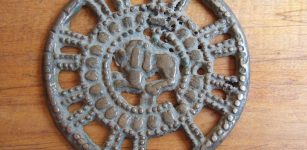 “Thogcha” – Thousand-Year-Old Tibetan Amulets And The Bon Culture
Ancient Technology | Dec 11, 2021
“Thogcha” – Thousand-Year-Old Tibetan Amulets And The Bon Culture
Ancient Technology | Dec 11, 2021 -
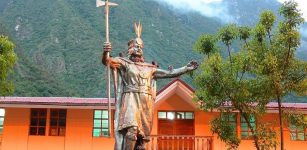 Illapa: Powerful Master Of Clouds, Rain And Hail – Worshipped By Inca People
Featured Stories | Jul 7, 2016
Illapa: Powerful Master Of Clouds, Rain And Hail – Worshipped By Inca People
Featured Stories | Jul 7, 2016 -
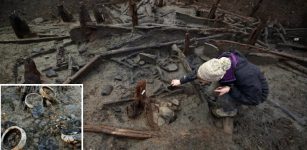 Mystery Of The British Pompeii Deepens – Bronze Age Settlement Destroyed By Dramatic Fire
Archaeology | Jun 23, 2019
Mystery Of The British Pompeii Deepens – Bronze Age Settlement Destroyed By Dramatic Fire
Archaeology | Jun 23, 2019 -
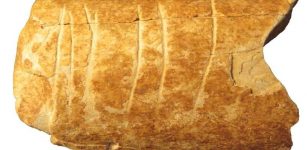 120,000-Year-Old Bone Etchings – Evidence Of The Earliest-Known Use Of Symbols
Archaeology | Feb 3, 2021
120,000-Year-Old Bone Etchings – Evidence Of The Earliest-Known Use Of Symbols
Archaeology | Feb 3, 2021 -
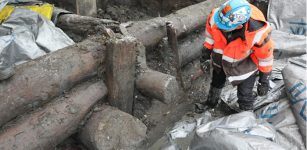 Why Did Archaeologists Destroy Medieval King’s Wharf After Excavations?
Archaeology | May 17, 2023
Why Did Archaeologists Destroy Medieval King’s Wharf After Excavations?
Archaeology | May 17, 2023 -
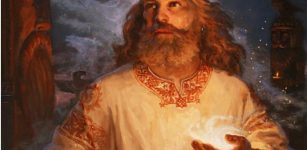 Svarog: God Of Cosmic Fire And Ruler Of The Sky In Pre-Christian Slavic Pantheon
Featured Stories | Aug 15, 2017
Svarog: God Of Cosmic Fire And Ruler Of The Sky In Pre-Christian Slavic Pantheon
Featured Stories | Aug 15, 2017 -
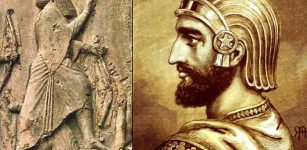 Murder Of Bardiya: Son Of Cyrus The Great And The Riddle Of The Impostor
Historical Figures | Dec 7, 2018
Murder Of Bardiya: Son Of Cyrus The Great And The Riddle Of The Impostor
Historical Figures | Dec 7, 2018 -
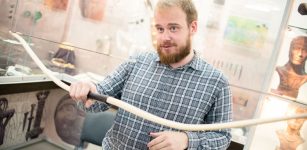 Unique Ancient Aryan Bow Reconstructed By Archaeologists
Archaeology | May 20, 2022
Unique Ancient Aryan Bow Reconstructed By Archaeologists
Archaeology | May 20, 2022


